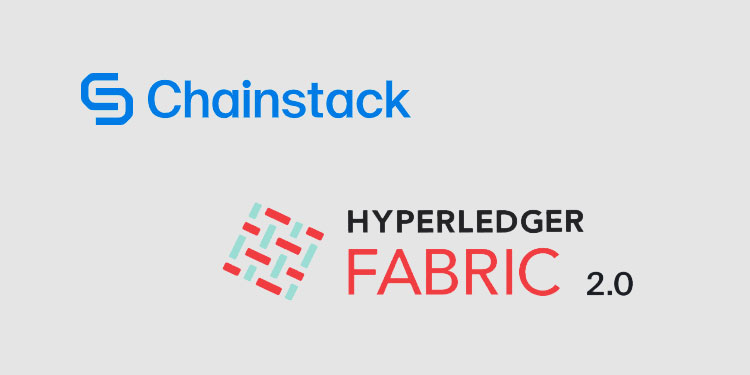Chainstack, a fully managed service to create and deploy blockchain networks, today announced that it has added Hyperledger Fabric 2.0 as the latest addition to Chainstack’s multi-protocol line-up.
Now, users can spin up high-performing Fabric consortium networks in minutes. It comes complete with Raft ordering service, ability to spin up any number of peers for any number of organizations, resource monitoring, network exploration, and more. Built on Hyperledger Fabric 2.0.1; Chainstack is the first managed service provider to enable enterprises to leverage the latest version of Fabric.
“We’re excited to announce the availability of our managed Fabric service. We’re confident that we’ve found the simplest, most flexible, and cost-effective way for developers to start building solutions on top of the latest version of Fabric 2.0. Now, users can deploy multiple high-performing networks running Fabric 2.0 in the cloud or on-prem, complete with channels, multiple organizations, peers, ordering service, and more. Build and test chaincode, create channels, and build applications on top of an infrastructure layer that you can trust to grow as your network expands into production.”
– The Chainstack Team
Hyperledger Fabric
Launched in 2017, Fabric was the first project to be released under the Hyperledger greenhouse. It has since then been the protocol of choice for many blockchain-based consortia to date, including We.Trade, Tradelens, and Food Trust.
Version 2.0 was released last month and includes new enhancements specifically designed to address the challenges that enterprises have faced while working with the first version of Hyperledger Fabric. It includes improvements such as heightened data privacy capabilities, increased performance, more granular controls, and greater flexibility for consortium management.
One of the most exciting changes in 2.0 is that it now supports decentralized models of smart contract governance. This means that unlike release 1x, the majority of the participants can now be required to agree to the terms of a chaincode before it can be activated on a channel.
As Hyperledger Fabric becomes more suited for the strict requirements of operating in enterprise settings, it becomes easier for companies to implement blockchain-based solutions to leverage its key benefits.
